Flovac Collection Pits are Preferred by Vacuum Sewer Installers
Many Contractors find installing vacuum sewers much easier to install than traditional gravity sewers and low-pressure pumping systems.
Vacuum sewers are installed in shallow trenches and have an easy connection point at a property boundary for homeowners to connect up to. Gravity flow from a number of houses, usually between 2 and 6, depending on the flow rate from the property, flows to a collection pit.
The Collection Pit houses the vacuum valve which provides a pneumatic interface between the gravity side of the network and the vacuum, negative pressure, side of the network.
In older systems, concrete manholes were used as well as fibreglass collection pits. Both have had issues with I&I (Infiltration and Inflow) becoming an increasing problem. This has been picked up very well with Flovacs monitoring system.
The Flovac collection pit has been designed by operators and is built under ISo conditions to a standard for collection pits using PE materials.
Have a look around one of our collection pits recently being installed in Florida.
The first and most applauded by operators is the shut-off valve for testing and service work on the pit. As Flovac is a world leader in vacuum technology, this is now the standard in many countries. The shut-off valve is an essential tool to keep your team safe.
The vacuum stub out is welded to the side of the pit, eliminating inflow to the valve pit and ensuring alignment with the valve is 100{f2ac4d1e1d40dc2e2d9280a1dfa90d854b2d8c80eba743affa37fc4ce2e16def} every time. Thus, reducing instillation errors and eliminating no-hub couplings coming off. Additionally, if the valve closes on water, creating a water hammer, all the energy is suppressed.
Flovac uses either H20 rated hinged or HDPE lids; both seal the valve pit from water getting in. Keeping the upper valve pit dry protects your valve and controller and eliminates operators from having to fish in stagnant water during serving. Additionally, the sump of the valve pit has a 30{f2ac4d1e1d40dc2e2d9280a1dfa90d854b2d8c80eba743affa37fc4ce2e16def} larger holding capacity on average, which is just one of our design philosophies to ensure adequate response time during an emergency.
Lastly, the feedback we receive from contractors includes how easy the pit is to set and connect. With many more connection points, clock position is not an issue.
Hard to believe, but the highest praise from contractors is that our valve pit has lifting lugs, a crucial must-have.


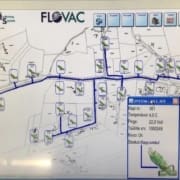
 Although the
Although the 
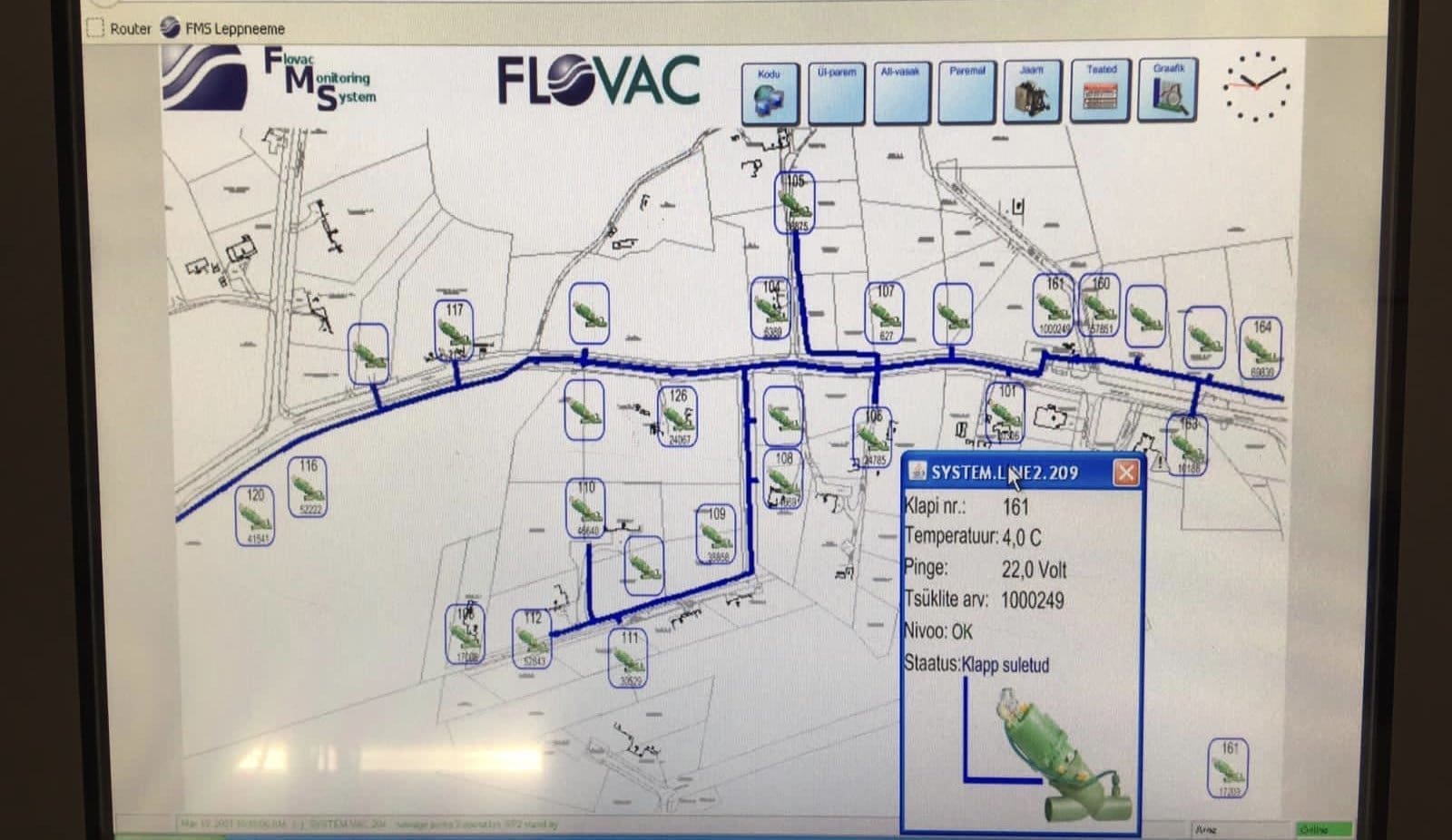
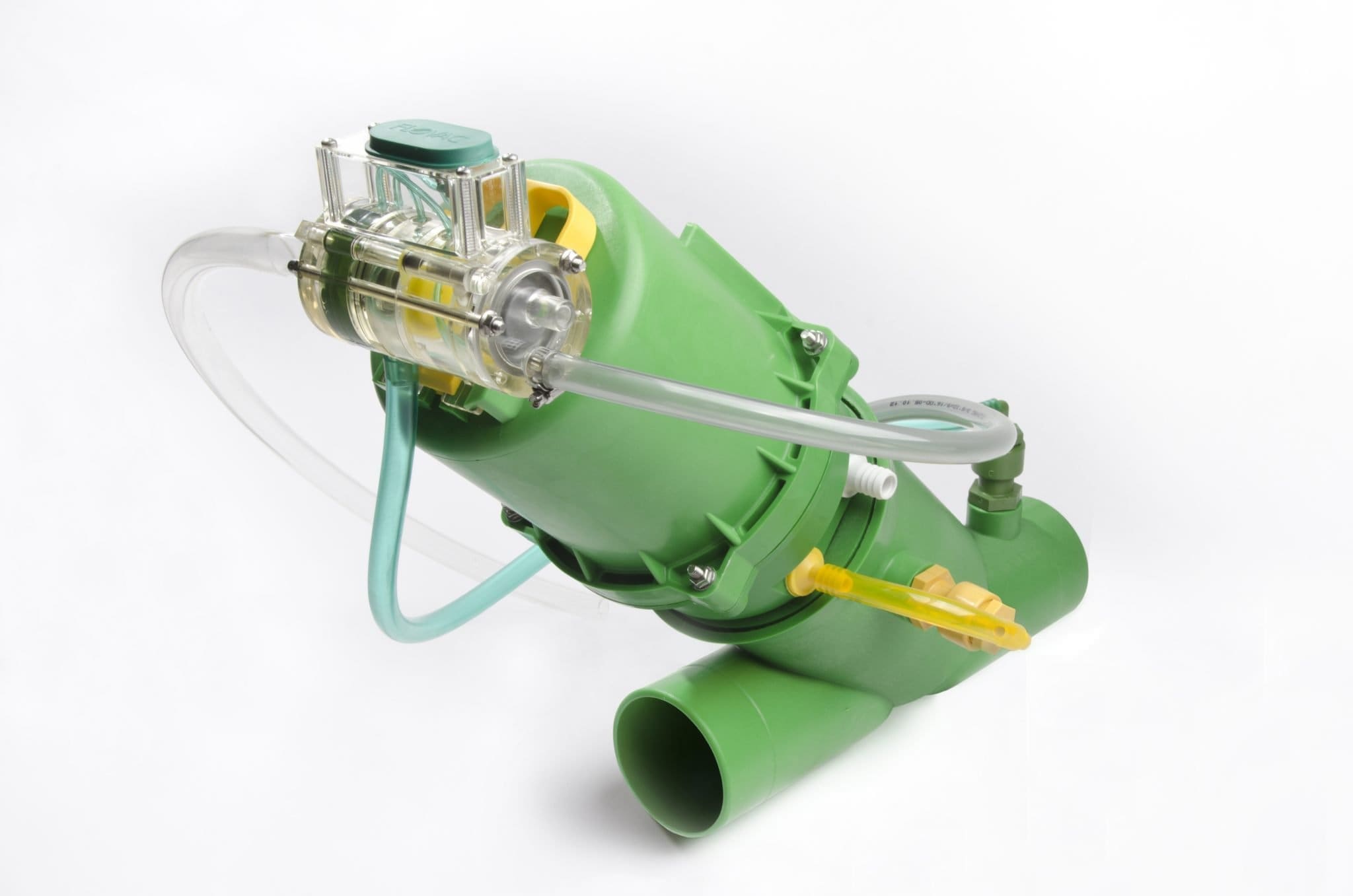





 Vacuum sewerage systems are often installed in areas which are prone to flooding and rising water tables. A question we are often asked is
Vacuum sewerage systems are often installed in areas which are prone to flooding and rising water tables. A question we are often asked is

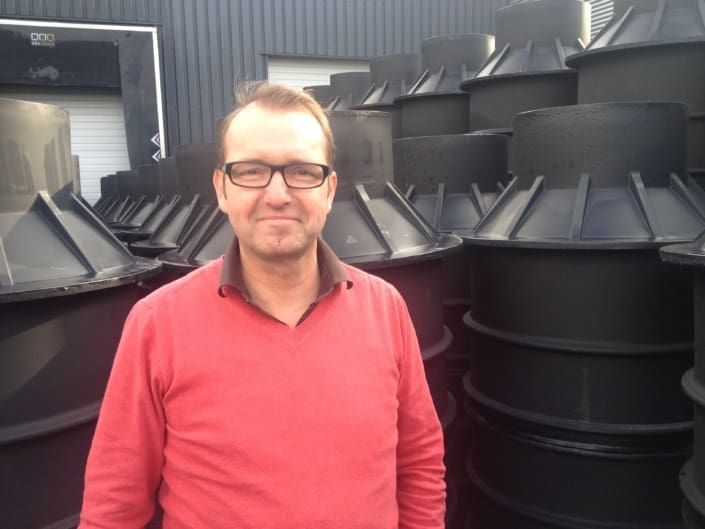 With the recent move to a new international production facility in The Netherlands, the first thing that General Manager Mr Leo Huijs had to set up was new ISO certification for the new facility.
With the recent move to a new international production facility in The Netherlands, the first thing that General Manager Mr Leo Huijs had to set up was new ISO certification for the new facility.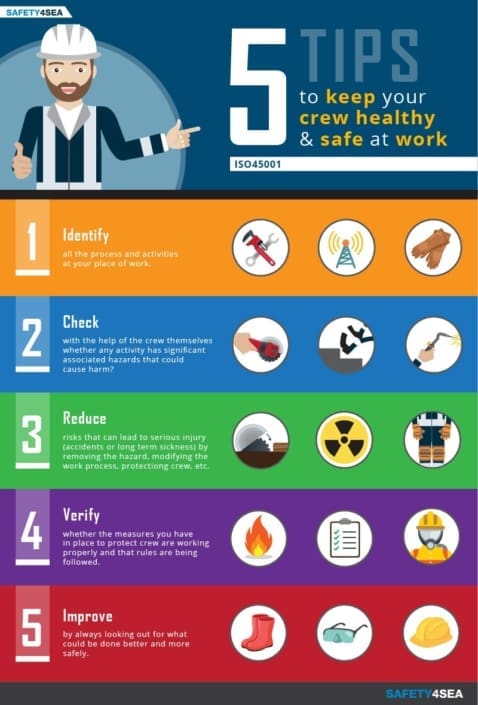 ISO 9001 covers Quality and ensures that Flovac is set up to produce and deliver products to our clients in such as way as to ensure we will have every aspect of production and logistics set up to always deliver defect free product.
ISO 9001 covers Quality and ensures that Flovac is set up to produce and deliver products to our clients in such as way as to ensure we will have every aspect of production and logistics set up to always deliver defect free product. Not just our own operators but our clients as well. Much thought is given to the design of our vacuum pump stations, our collection pits, our vacuum valves and our monitoring systems to ensure that at the front of our mind is the expectation that everything that we design and produce will provide a safe environment for all operators of vacuum sewerage systems.
Not just our own operators but our clients as well. Much thought is given to the design of our vacuum pump stations, our collection pits, our vacuum valves and our monitoring systems to ensure that at the front of our mind is the expectation that everything that we design and produce will provide a safe environment for all operators of vacuum sewerage systems. ISO 14000 is a family of standards related to environmental management that exists to help organizations minimize how their operations negatively affect the environment; comply with applicable laws, regulations, and other environmentally oriented requirements; and continually improve.
ISO 14000 is a family of standards related to environmental management that exists to help organizations minimize how their operations negatively affect the environment; comply with applicable laws, regulations, and other environmentally oriented requirements; and continually improve.
 Although vacuum systems are newcomers to the sewerage industry we are seeing some systems just reaching their 50th anniversaries. Materials and designs have changed significantly since the first systems were installed in the mid sixties and although many are still operating they are nearing the end of their design life of the time.
Although vacuum systems are newcomers to the sewerage industry we are seeing some systems just reaching their 50th anniversaries. Materials and designs have changed significantly since the first systems were installed in the mid sixties and although many are still operating they are nearing the end of their design life of the time.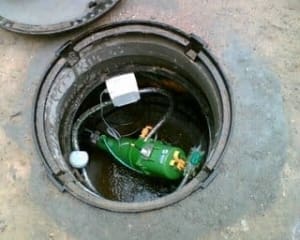 When looking at whole of life costs the primary maintenance item in the vacuum pump station are the vacuum pumps. Liquid ring pumps have lower ongoing costs but use a lot of water which can be expensive. Rotary vane Pumps require oil changes and filter changes and rebuilds are more common.
When looking at whole of life costs the primary maintenance item in the vacuum pump station are the vacuum pumps. Liquid ring pumps have lower ongoing costs but use a lot of water which can be expensive. Rotary vane Pumps require oil changes and filter changes and rebuilds are more common.